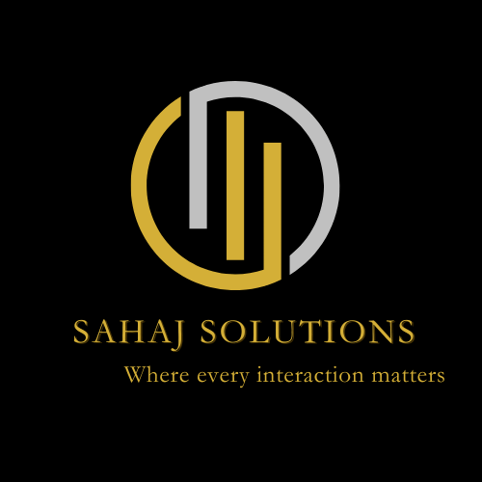Transitioning your in‑house team into an offshore operation can feel daunting—but with Sahaj Solutions at the helm, it’s a strategic opportunity for greater agility, efficiency, and cost savings. Here’s our proven, six‑phase approach:
1. Transition Planning & Readiness Assessment
Stakeholder Alignment Workshops: Facilitate cross‑functional sessions (using tools like Miro and Zoom) to define goals, KPIs, and success criteria.
Gap Analysis: Compare current skill sets, processes, and tools against your target offshore model to identify areas of focus.
Risk & Mitigation Roadmap: Document dependencies, change impacts, and contingency plans—so you stay ahead of potential roadblocks.
2. Knowledge Transfer & Documentation
Process Mapping: Capture every step of existing workflows in Confluence or SharePoint, enriched with screenshots and video walkthroughs.
Shadowing & Pairing: Schedule overlapping shifts where your in‑house and offshore teams work side by side in Jira or ServiceNow, transferring tacit knowledge in real time.
Living Wiki: Build a centralized knowledge base—complete with version control—so updates are instantaneous and accessible to all.
3. Change Management & Communication
Dedicated Change Lead: Assign a transition manager to coordinate updates, collect feedback, and maintain transparency.
Regular Cadence Calls: Weekly stand‑ups and monthly all‑hands via Microsoft Teams or Slack ensure everyone stays informed and heard.
Cultural Sensitivity Training: Equip both teams with awareness sessions to bridge workplace norms and communication styles.
4. Process Standardization & Tool Integration
Unified Platforms: Migrate or integrate your existing toolchain—CRM, ticketing, BI—into a single dashboard (e.g., Zendesk, Power BI) for consistent visibility and control.
SOP Harmonization: Standard Operating Procedures are updated, versioned, and enforced via an RPA tool or workflow engine (like UiPath or Zapier) to guarantee repeatability.
5. Training, Coaching & Enablement
Role‑Based Onboarding: Tailor learning paths in your LMS (e.g., Moodle or TalentLMS) so new offshore team members master both domain knowledge and your proprietary systems.
Mentorship Pairings: Pair each offshore hire with an in‑house “buddy” for ongoing support, performance guidance, and cultural anchoring.
Quality Gatekeepers: Deploy QA coaches who run weekly call audits, ticket reviews, and hands‑on labs to reinforce best practices.
6. Performance Monitoring & Continuous Improvement
Real‑Time Dashboards: Track throughput, turnaround times, SLAs, and customer satisfaction in dashboards powered by Tableau or Power BI.
Data‑Driven Optimization: Analyze trend data to identify bottlenecks or skill gaps, then adjust staffing, training, or processes accordingly.
Quarterly Business Reviews: Present results, recalibrate objectives, and roadmap enhancements—ensuring your offshore team evolves in lockstep with your business.
Why Our Onboarding Works:
Strategic Alignment: Every step mapped to your business goals and risk tolerance.
Minimal Disruption: Parallel operations and overlap periods keep service levels steady.
Knowledge Continuity: Rigorous transfer protocols and living documentation prevent institutional memory loss.
Scalable Excellence: From pilot cohorts to full‑scale operations, your offshore center grows in quality and capacity—without growing pains.
Ready to transform your existing team into a high‑performance offshore unit?
